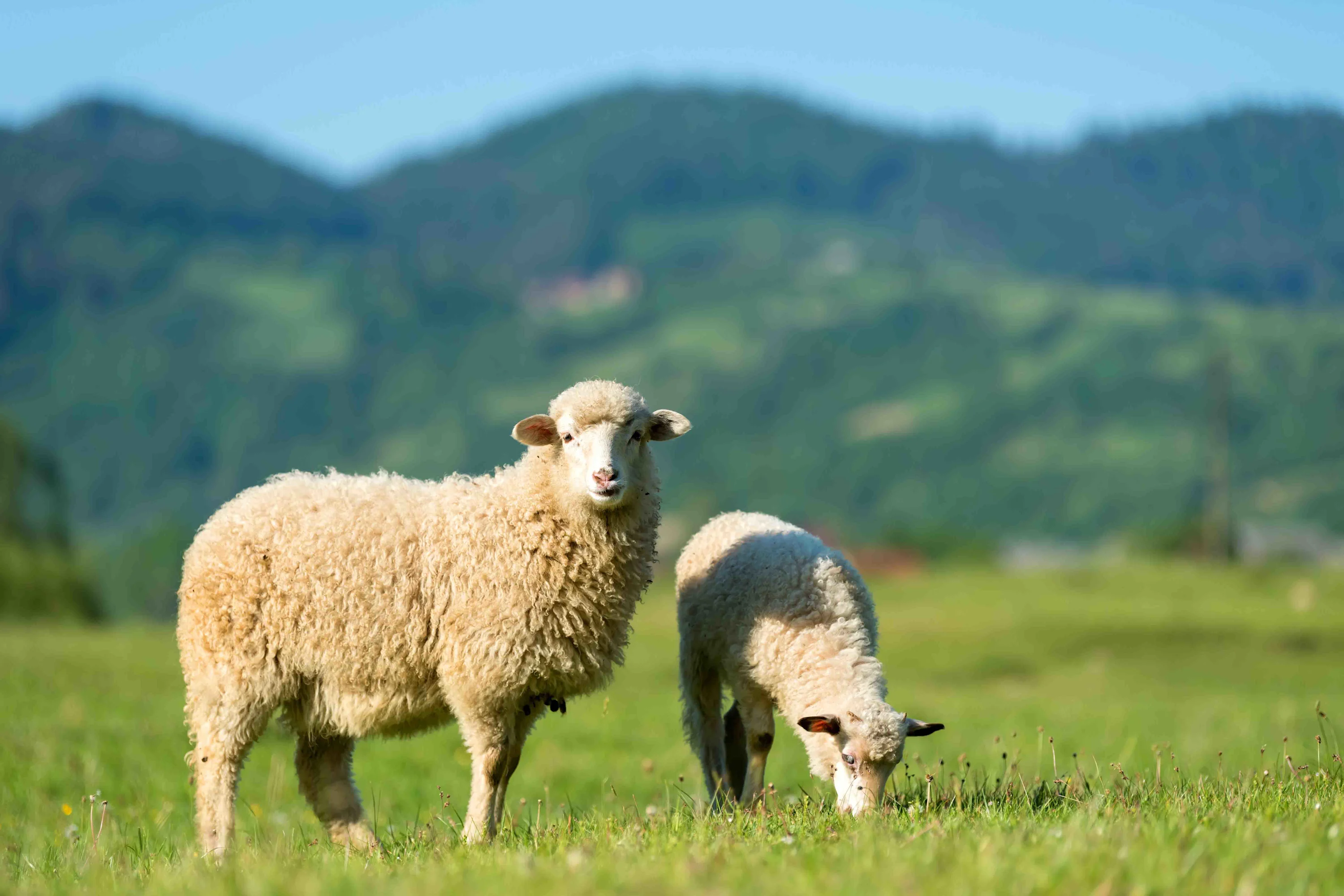News:Sustainable savings

by Marco Seltenreich

Sheep's wool, hemp or cork - renewable resources are increasingly being used as insulation materials. These organic materials offer cost efficiency, reduce CO2 emissions and improve health. Using sheep's wool as insulation can even improve air quality. Sheep's wool can bind pollutants such as formaldehyde in its creatine fibres. STRABAG Real Estates' Taborama high-rise is a pioneer in the use of sheep's wool to ensure a comfortable living environment.
Renewable raw materials are typically agricultural and forestry products that are not useful. Processing organic materials to be used as insulation requires fewer chemical substances than processing artificial products. The use of natural resources also avoids the need for large amounts of energy for complex and time-consuming conversion processes. Moreover, the materials are often sourced locally which cuts out long delivery routes.
Sustainable insulation can be used in new buildings and renovation projects. When renovating contaminated structures, some organic materials may even have an additional benefit.
What kinds of renewable insulation materials are there?
There are different insulants to be used depending on the desired characteristics. Flax: The production of flax boards is similar to felt, fibres are detached from the plant and then bound together by using an adhesive. Natural bitter substances make the fibres of the stalks of the flax plant resistant to insect and rodent attack. The insulating panel has high structural strength and a strong degree of breathability.
Hemp: The production of hemp insulation works similar to flax and the bitter compounds it contains are deterrent to most kinds of pests. The breathable and mould-resistant material stores a particularly large amount of heat. Additionally, it provides effective sound insulation.
Straw: Transforming straw from an organic waste product from cereal grain production into a versatile insulation material is quite a sustainability achievement. For straw to serve as an insulation material, it must have a low moisture content and also be densely and uniformly packed. Besides its insulating function, it can even have a load-bearing function. Classic insulation boards made of straw are particularly suitable for interior use.
Wood fibre: Wood residues from sawmills are recycled and processed into insulation boards. Therefore, the fine wood fibres are separated from shredded wood waste. The resins within the wood act as a natural binder. Due to the high heat storage capacity, the wooden insulation secures from outdoor temperatures.
Jute: The sustainable jute insulation boards are made of recycled cocoa and coffee bean sacks and are highly resistant to insects and mould. Moreover, the material has a high heat storage capacity and offers a good carbon footprint. Jute insulation is mainly used in timber construction.
Cellulose: As an insulating material, the cellulose in wastepaper is given a new function. The paper is shredded, broken down into small fibres, and mixed with a flame-retardant powder. Bark resin is added to protect against mould. The further processing depends on the exact use. The main advantage of cellulose insulation is that the energy required for production is very low.
Cork: The bark is peeled from the cork oak, milled into granules, and steam-heated so they expand by 20% to 30%. The enlarged granules are then pressed into boards. No further binding agent is necessary, as the natural resin from the tree provides a firm hold. Cork meal can be used as a filling material for thermal insulation but also under the floor for impact sound insulation.
For the first time: A high-rise with sheep´s wool as insulation
As a pioneer in the field of sustainability, STRABAG Real Estate has succeed in equipping a high-rise building with sheep´s wool as interior insulation for the first time in Austria. The Taborama residential tower, where the concept of sheep´s wool was implemented as ecological interior insulation on 29,000 m² throughout the high-rise, is located in Vienna's Nordbahnhof district. It has become an economical model tower building.
The natural insulator is equal to conventional insulating materials, if not superior. Due to its protein building block keratin, the material is able to absorb and neutralize toxins such as formaldehyde and thus contributes to the health of the residents.
Outstanding wool properties are convincing
In addition, the natural product can absorb up to 33% of its own weight in moisture without losing its insulating effect. Just by using this ecological insulation material, 47,000 kg of CO2 could be saved in this project compared to conventional mineral wool. The processed sheep's wool stands for quality and safety, has been tested many times and has been awarded the international Natureplus® quality seal.

Taborama
Vienna · Completed
Type
- Living
- 1020 Vienna
Contact

